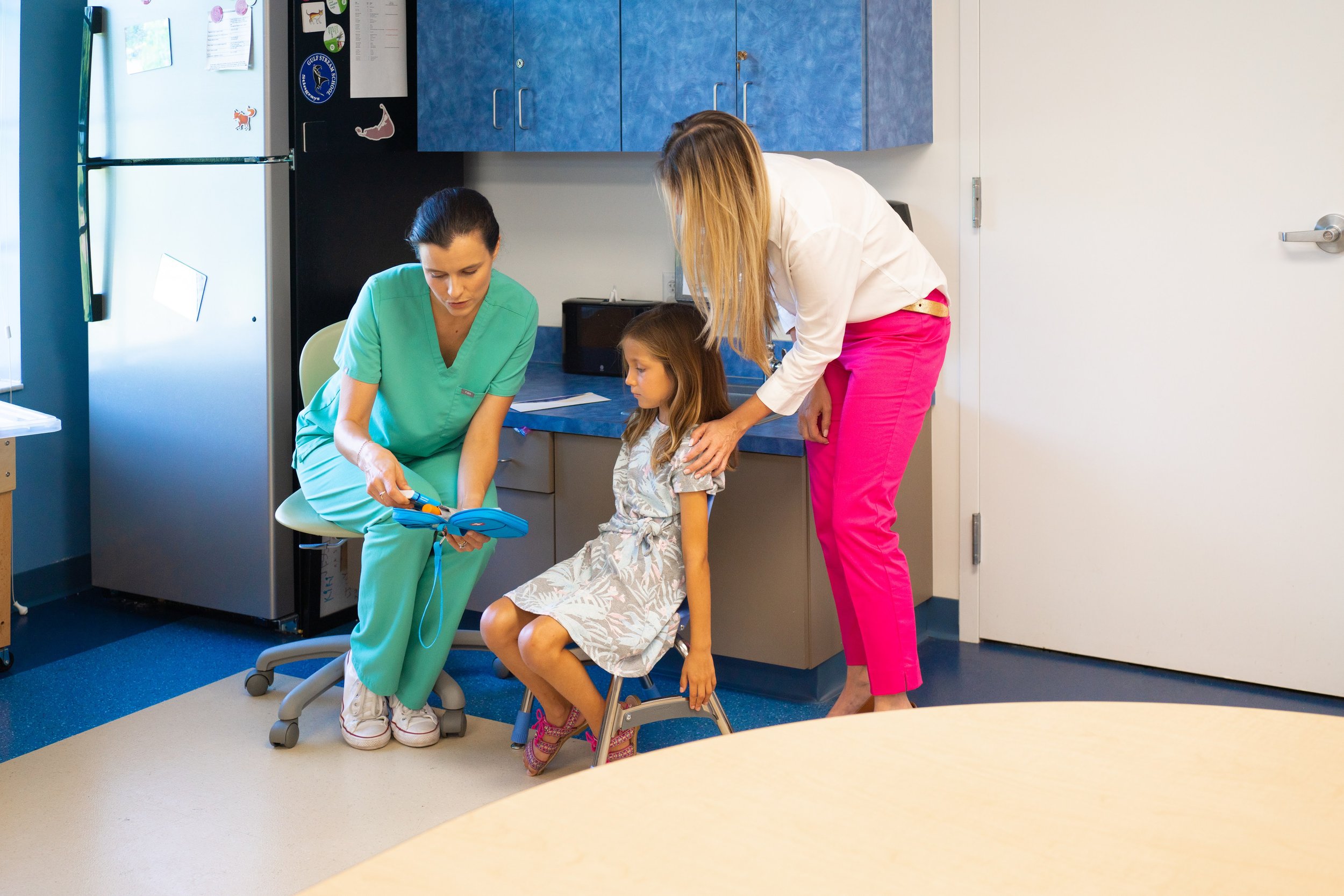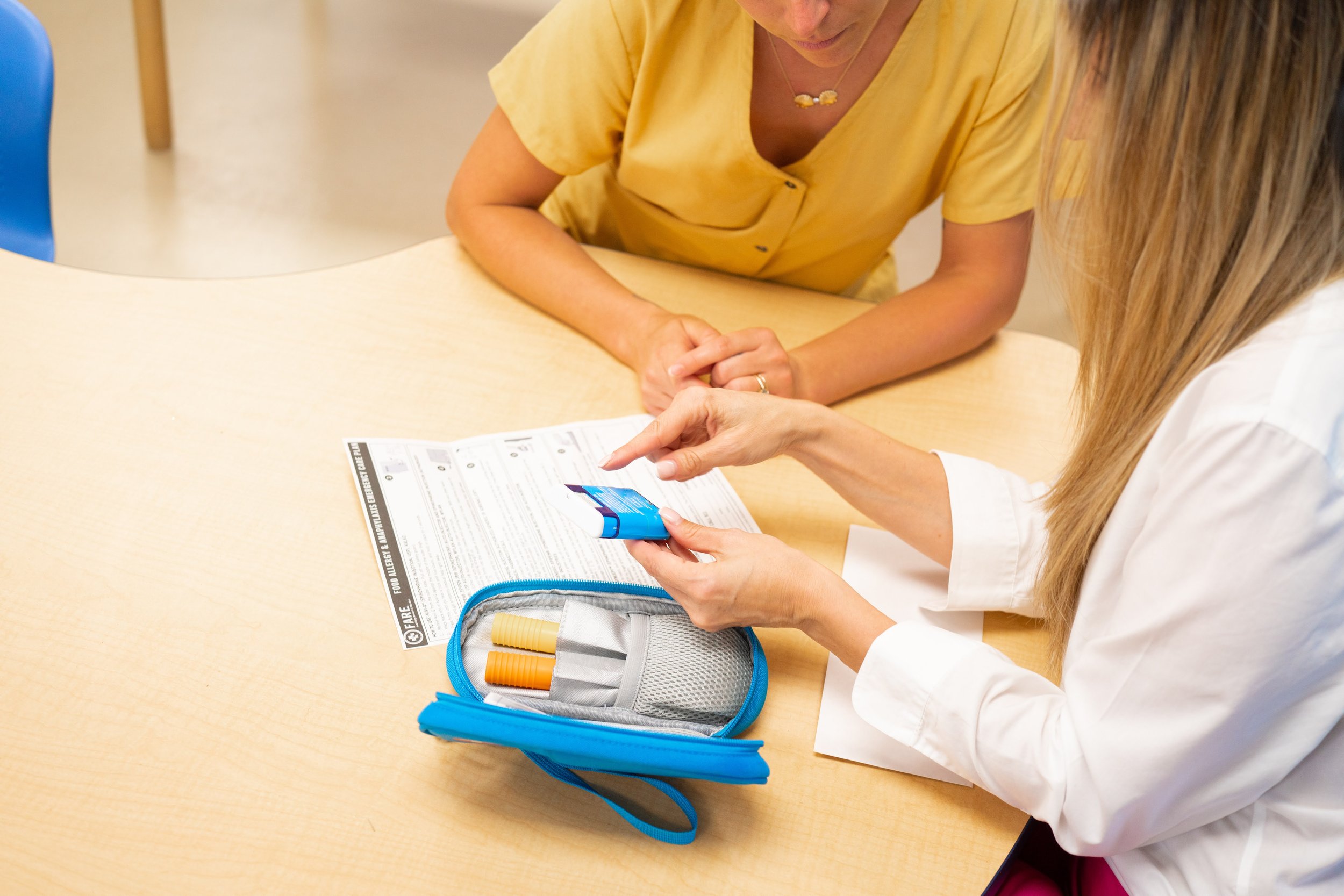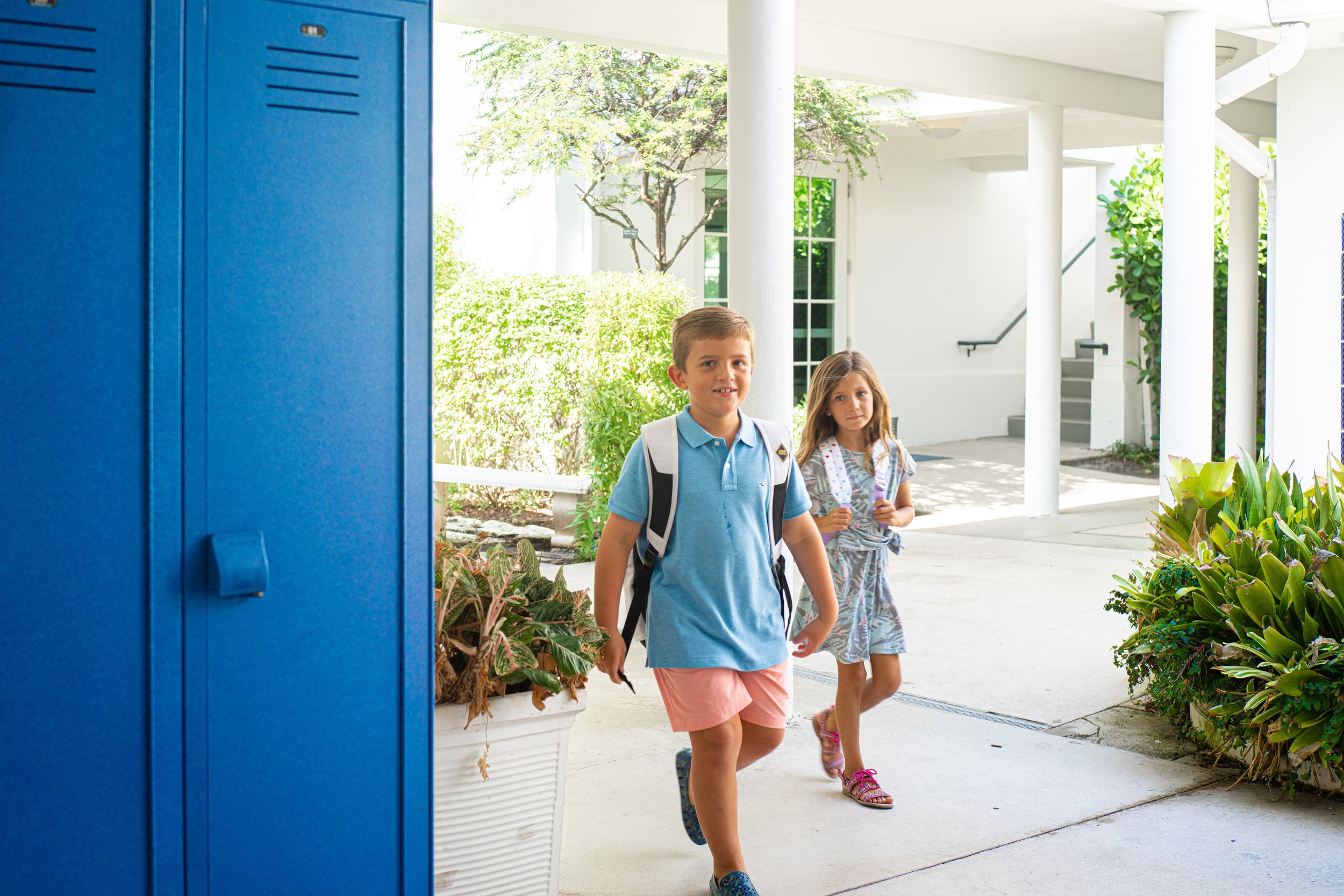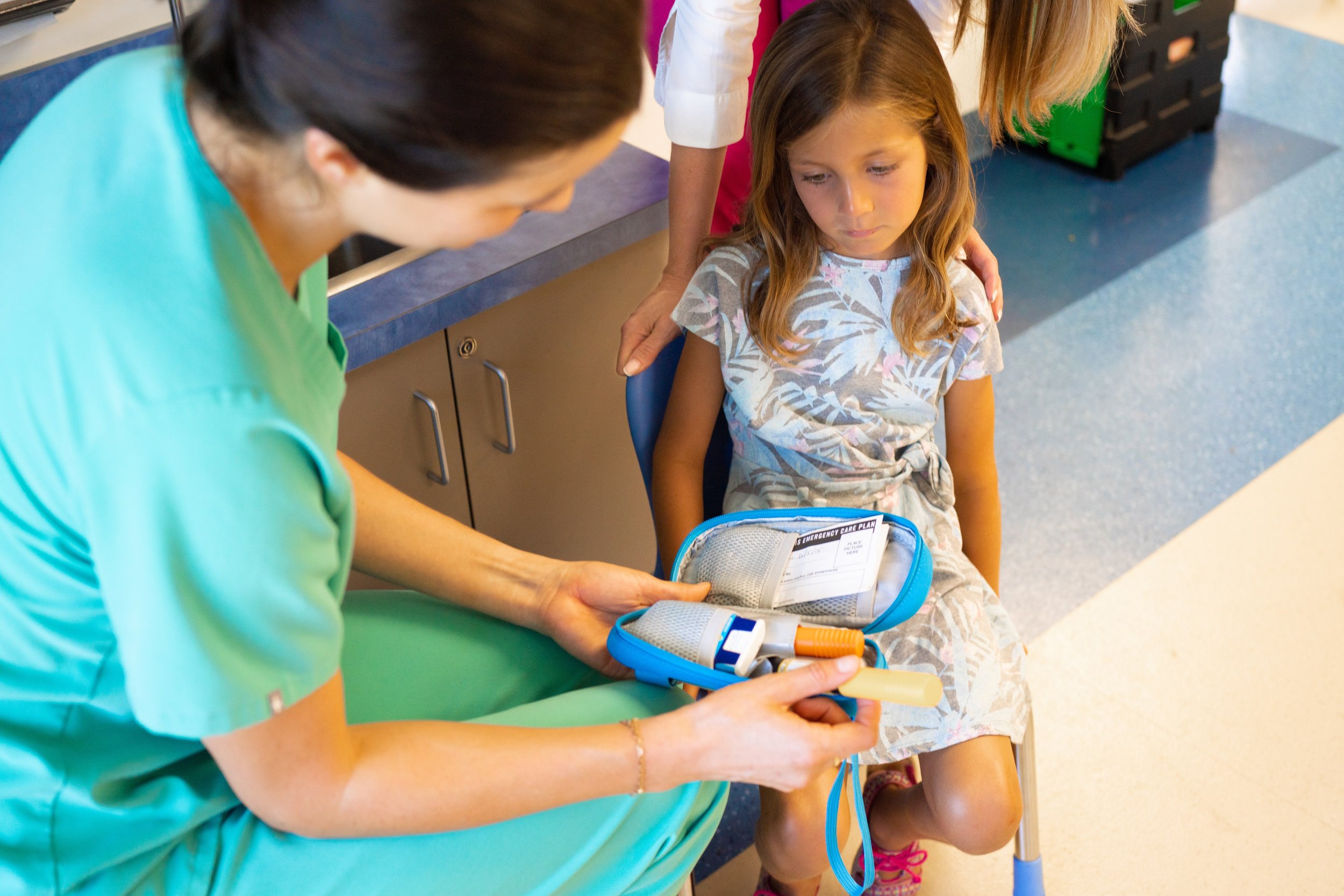Worry Less by Knowing More: Back to School with Food Allergies
AllergyHealth for Allergenis
Backpack? Check. Pencils? Check. Epinephrine? Safe lunch? Wipes?
Sending a child back to school with food allergies can feel overwhelming. Parents often need to balance competing concerns when it comes to their food allergic student. Finding the right precautions that protect their child’s physical safety with their need for healthy social and emotional growth can be difficult. Here are some important ways to ensure allergic students have a terrific school year:
Bring an emergency action plan (filled out by your healthcare provider) to the school nurse along with an extra set of epinephrine auto-injectors. This plan, filled out by your healthcare provider, outlines exact steps to take in case of exposure to your allergen.
Make the homeroom teacher your food allergy partner. Go over your child’s allergies and be honest about your social emotional concerns. Your child’s teacher should be a caring, food allergy resource for your child while they’re at school.
Give the teacher your cell phone so they can take a photo of ingredient lists for you to review. This comes in handy when unexpected treats arrive in the classroom or your child has a question about their food allergy.
Discuss the cafeteria seating with the administration. Kids need to unwind with their friends at lunch. The last thing you’d want to see is a child eating alone or away from their peer group. Talk to your healthcare provider about the realistic risks in this setting. Can your student sit at the end of a cafeteria table? Do they need to wipe it down? Can the peanut-free table accommodate friends with safe lunches? How can we make the peanut-free table more fun?
If navigating the snack cart or vending machine is too difficult, consider keeping a stash of safe snacks with a teacher or in their locker. You don’t want kids making mistakes out of hunger or being tempted to try something potentially unsafe because there was no alternative.
Make yourself available to questions about food allergies to anyone interested in being inclusive. Let the school know you’re open to offering suggestions and guidance on practical ways to meet academic goals and keep kids with food allergies safe.
For families with younger children, the emphasis is on classroom safety and inclusion. You’ll want to make sure the classroom is physically safe and that there is plenty of opportunity for safe interactions with classmates. Talk to the teacher about classroom celebrations and field trips. If they involve food, brainstorm how to manage them together. Consider keeping safe allergy-friendly treats with the teacher for when a birthday snack comes into school. Ask about any lesson plans that involve your child’s allergen (exploring acorns, bird seed feeders, etc.) and remember that even playdough and glue contain allergens (like gluten).
Older students have different considerations. At this stage of development, friends grow in importance and pre-teens and teens begin to minimize their differences – including their food allergy - to be accepted by peer groups. Ask the school about their policy on student’s carrying their own epinephrine auto-injectors. Make sure your child has an auto-injector that fits their lifestyle and a way to carry it that’s acceptable to them. Work with the school to make lunch, sports participation, and other school activities as quietly safe and inclusive as possible for your child. As they gain independence, it’s important to talk your child through different food allergy scenarios and practice how they might respond. Keep giving your child the tools they need to navigate their world safely with food allergies.
Worry Less by Knowing More
When your child has food allergies, it can be stressful starting a new school year. Parents often wish they had better insight into their child’s allergy so they could assess the realistic risk of different situations and relieve some of their worry. This is now possible! After years of research and validation, Allergenis offers a new diagnostic tool that uses bead-based epitope assays (BBEA) to evaluate a person’s threshold for peanuts. A threshold is the amount of peanut protein a person can tolerate before triggering a reaction. This new information can help you and your healthcare provider understand if your child has a small tolerance to peanuts. In practical terms, this could free you from the worry about cross-contact in the classroom or wiping down cafeteria tables (for example) and allow you all to better enjoy a fun and safe school year!
Learn more about the Allergenis Peanut Diagnostic service here.





